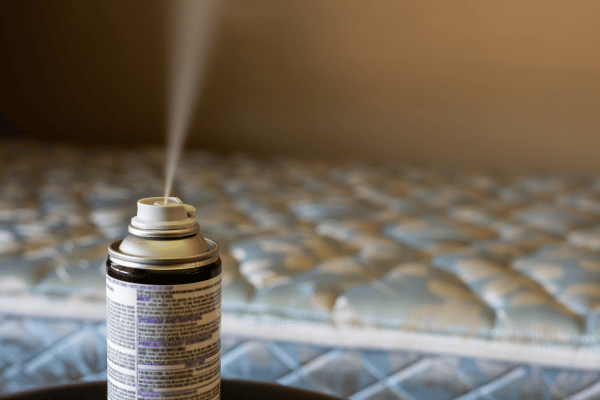- Home
- Muskrat Trapping
- Trapping Under the Ice
Trapping Under The Ice
This post may contain affiliate links so I earn a commission.
Trapping under the ice can be challenging.
In the early stages of winter it is a simple thing to walk the banks, bust the ice and keep your sets working.
After a time, depending where you live, the ice gets thick enough to walk on and your sets are pretty much done until break up.
Some trappers take the challenge of cutting through the ice and taking fur throughout the winter.
Beaver, otter, muskrats and even mink in some cases, can be caught under the ice with a little (or maybe a lot) of work.

The first time I tried under ice trapping I used an ice auger (see mistakes), then an axe, and finally an ice spud which is a long chisel with a wooden or metal handle.
Most trappers seem to prefer either an axe or a spud.
I like the spud because it gives you a lot more control and you can quickly cut out a block of ice to make your set.
What ever method you use, be sure to attach a cord so if it slips from your cold fingers you won't lose it.....yes, been there.
Trapping Under The Ice - Sets
One of the advantages of trapping under the ice is that it allows you to access places that may be out of your reach during the fall.
Conibear sets are vey common for muskrats, beaver and otter.

For muskrats, a conibear baited with apples or carrots, set near denning areas will catch some rats.
If you can locate runs when the ice is clear, setting the trap there will usually be worthwhile.
Make sure and use long heavy sticks that you can push into the bottom, and are long enough so they stick well above the ice.
If you live in a state that allows setting on beaver huts, ice trapping will stack up a lot of beavers.
Put a 330 right in the entrance to the hut.
Other sets can be made where the beavers have stockpiled their winter food and the trails in between.
A conibear baited with half peeled poplar twigs is effective if you can find exact trails under the ice.
A good way to set a 330 is to set it with both springs pulled all the way to the top, with a stick running between the two coils.
Then, wire the stick to two long poles so it looks like a ladder.

You can move the trap up and down the poles to adjust the depth.
One of my favorite (and most effective) under ice sets is made after the water has dropped after it froze.
Near the bank is sloped ice connecting the new water level with the old.
If you cut through near the bank you may find a nice semi-dry passage running along the bank that mink and muskrats will use.
Mistakes To Avoid When Trapping Under The Ice
The mistakes I have made while trapping under the ice are plentiful.
My first experience was trying to catch muskrats with my trapping partner while we were still teenagers.
We took an ice auger for ice fishing and cut through the ice, then set a conibear with a piece of apple on the trigger.
We wired it to a cross stick with about six feet of wire and dropped it in the hole.
As you might guess, when we came back the next day the hole was froze solid and when we tried to chip it out with an axe we inadvertently cut the wire.

We did that on every set which was not a good thing.
You should pile at least two feet of snow on top of the hole to insulate the water so it won't freeze, or at least prevent it from freezing solid.
You can also place a board or a slice of hay or straw over the hole before you add the snow.
If you see fur frozen in the ice don't try to chop it loose too close to the animal.
It's far better to carry a chunk of ice out than have ruined pelts because you were impatient.
Trapping under the ice is a lot of work but under the right circumstances you can still put up a lot of fur when the water freezes.



